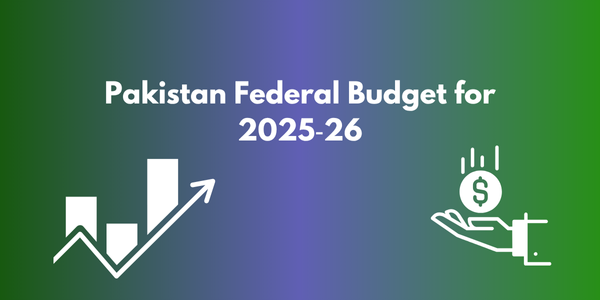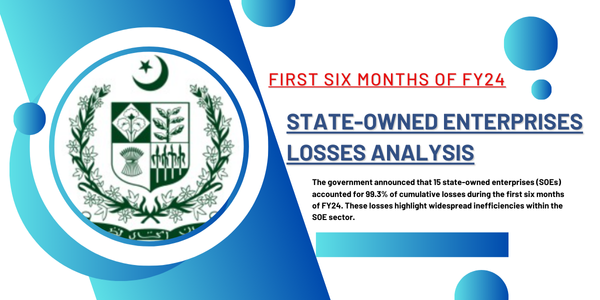General View of the Pakistan Federal Budget for 2025–26
The Pakistan Federal Budget for 2025–26 marks a decisive shift toward fiscal restraint while attempting to support innovation, social equity, and national security. With a total federal outlay of approximately Rs 17.6 trillion, the budget reflects the government’s commitment to controlling the fiscal deficit, targeted at 4.8% of GDP—a sharp focus on stability over expansion.
Rather than rolling out broad-based tax hikes, the emphasis lies on tax enforcement and compliance enhancement, especially among high-income groups and digital businesses. Relief has been strategically provided to the salaried middle class, offering some respite amid rising living costs. Simultaneously, the budget introduces new levies on sectors like solar energy imports and e-commerce, aiming to broaden the tax base without unsettling the masses.
A significant 20% increase in defence spending stands out, underlining the importance of national security amid regional tensions. Meanwhile, investments in the ICT sector, infrastructure, and social protection indicate a desire to modernise the economy while safeguarding vulnerable communities.
However, the budget carries contradictions—cutting back overall expenditures to maintain fiscal discipline while also trying to spur growth in critical sectors. Its effectiveness will depend on implementation efficiency, especially in tax collection, digital governance, and project execution.
Disadvantages of the Pakistan Federal Budget for 2025–26
1. Burden of New Indirect Taxes
- The 18% tax on imported solar panels is seen as a step backwards for Pakistan’s renewable energy goals. It could disincentivise investment in green technologies, which is at odds with global sustainability trends.
- The 2% tax on online sales and the tiered digital payment taxes increase operational costs for e-commerce businesses and consumers alike, particularly affecting digital startups and SMEs.
2. Over-Prioritisation of Defence Spending
- While security is important, allocating Rs 2.55 trillion to defence—a 20% increase—draws criticism. Many argue that these funds could have significantly boosted sectors like healthcare, education, or green energy, which yield long-term economic and social returns.
- This budget risks widening the resource gap in underfunded public services.
3. Shrinking Development Budget
- Efforts to reduce the fiscal deficit have led to tightened development spending, potentially slowing infrastructure expansion and economic activity. This could stall job creation, delay project completions, and affect regional development, especially in rural areas.
4. Pressure on E-Commerce and Freelancers
- The formalisation of digital income, including a proposed 3.5% tax on freelancers and content creators, may discourage participation in the digital economy.
- Compliance requirements—especially for those used to informal operations—introduce bureaucratic hurdles that small players may struggle to meet.
5. Unclear Implementation Framework
- There’s a lack of clarity on how new digital taxes will be enforced, particularly with hybrid transaction models (e.g., WhatsApp orders or cash-on-delivery).
- Without clear guidelines and coordination among stakeholders (banks, fintechs, logistics), the rollout of new tax rules may cause confusion, loopholes, and compliance errors.
6. Inflationary Risks
- Although no new broad-based taxes were introduced, selective levies on digital goods, imports, and services could lead to price increases in essential and modern goods, further exacerbating inflation in an already strained economy.
7. Private Sector Hesitancy
- The enhanced scrutiny and tax burdens on digital businesses and imported goods may dampen investor sentiment, particularly in tech-driven and consumer-focused sectors.
- Small businesses might delay expansion or innovation due to uncertain regulatory environments and higher cost structures.
In summary, while the Pakistan Budget 2025–26 aims for fiscal control, strategic investments, and digital transformation, it risks discouraging growth in key sectors due to tax pressures, defence-heavy allocations, and ambiguous policy implementation. How effectively the government navigates these trade-offs will shape the country’s economic trajectory in the coming years.



